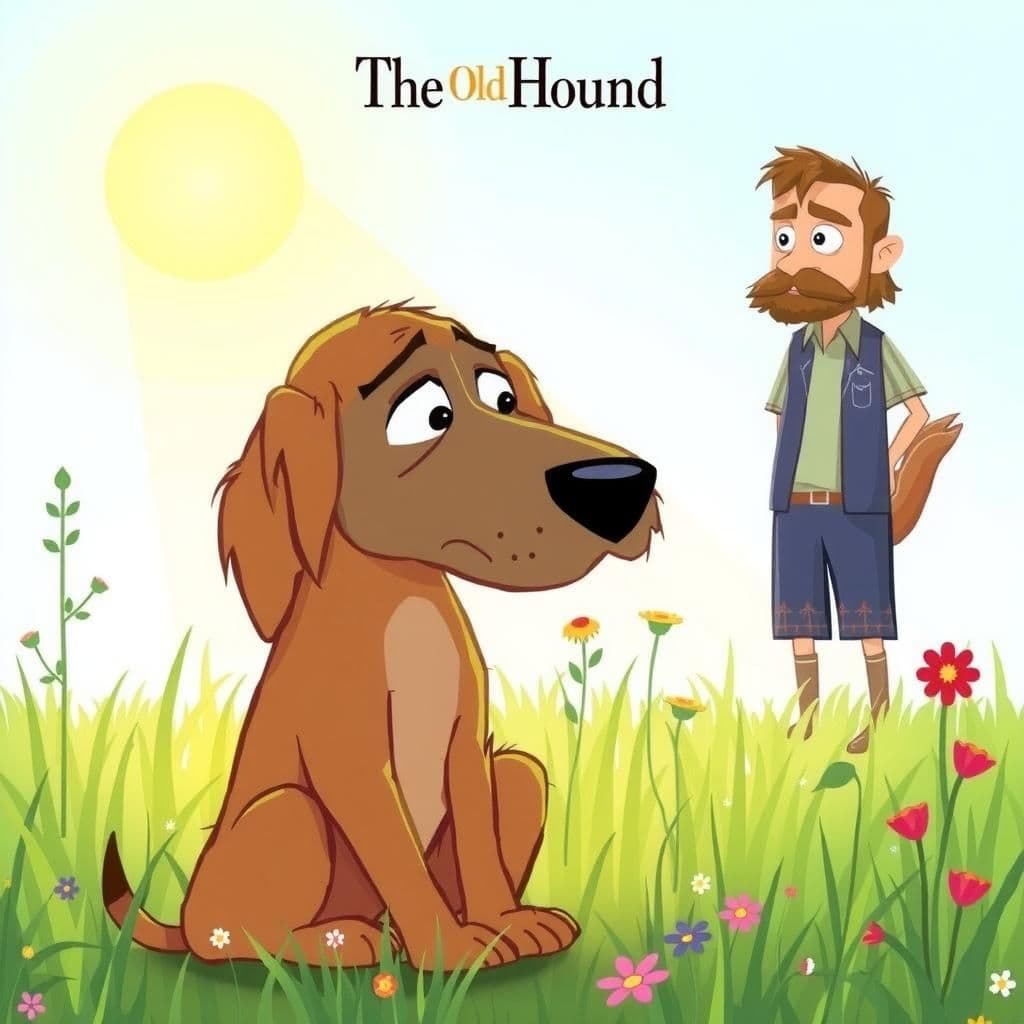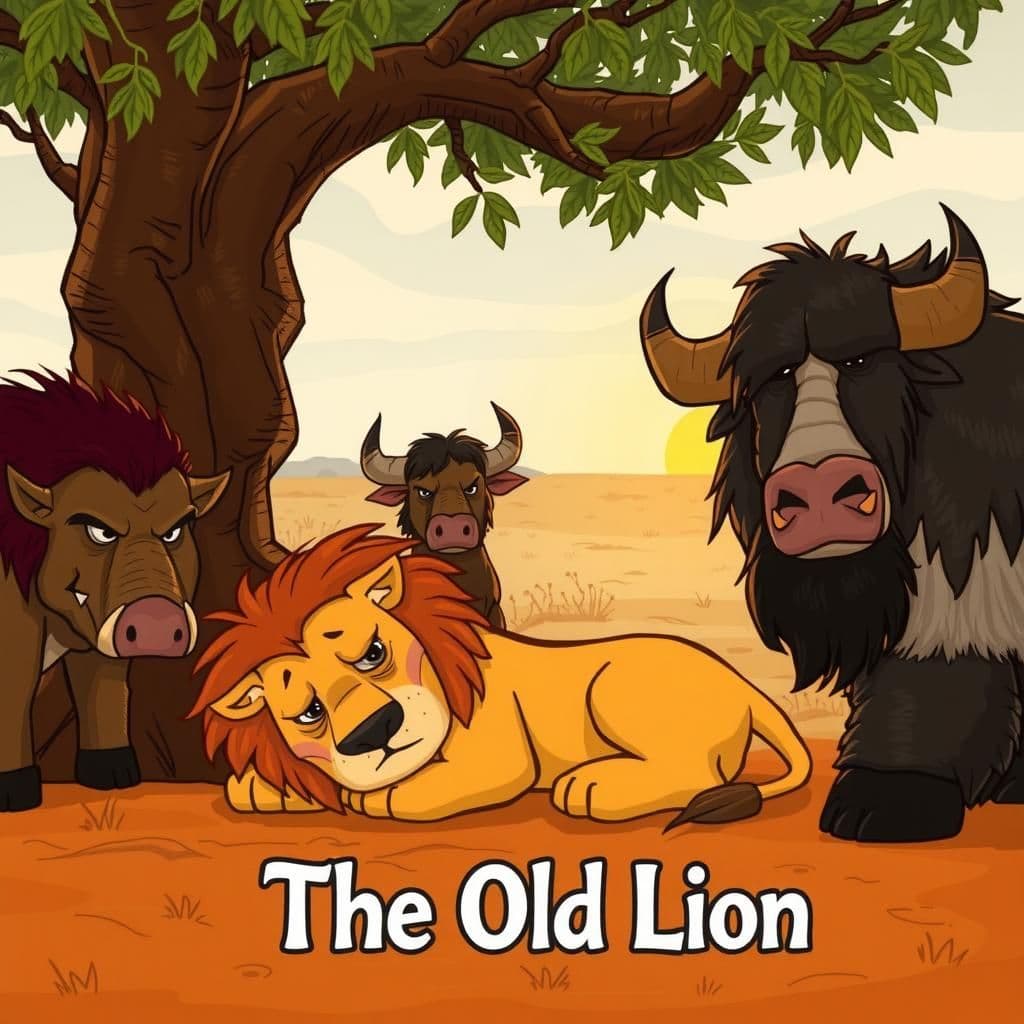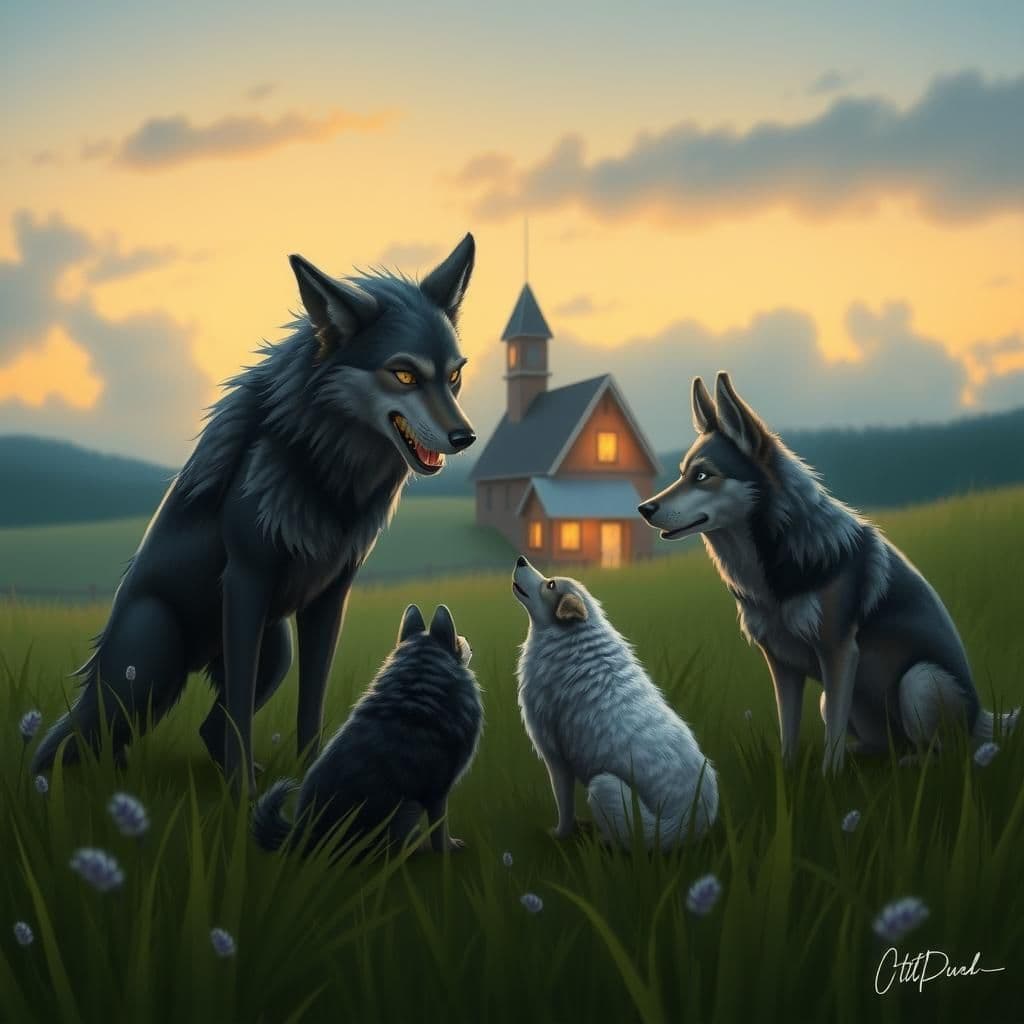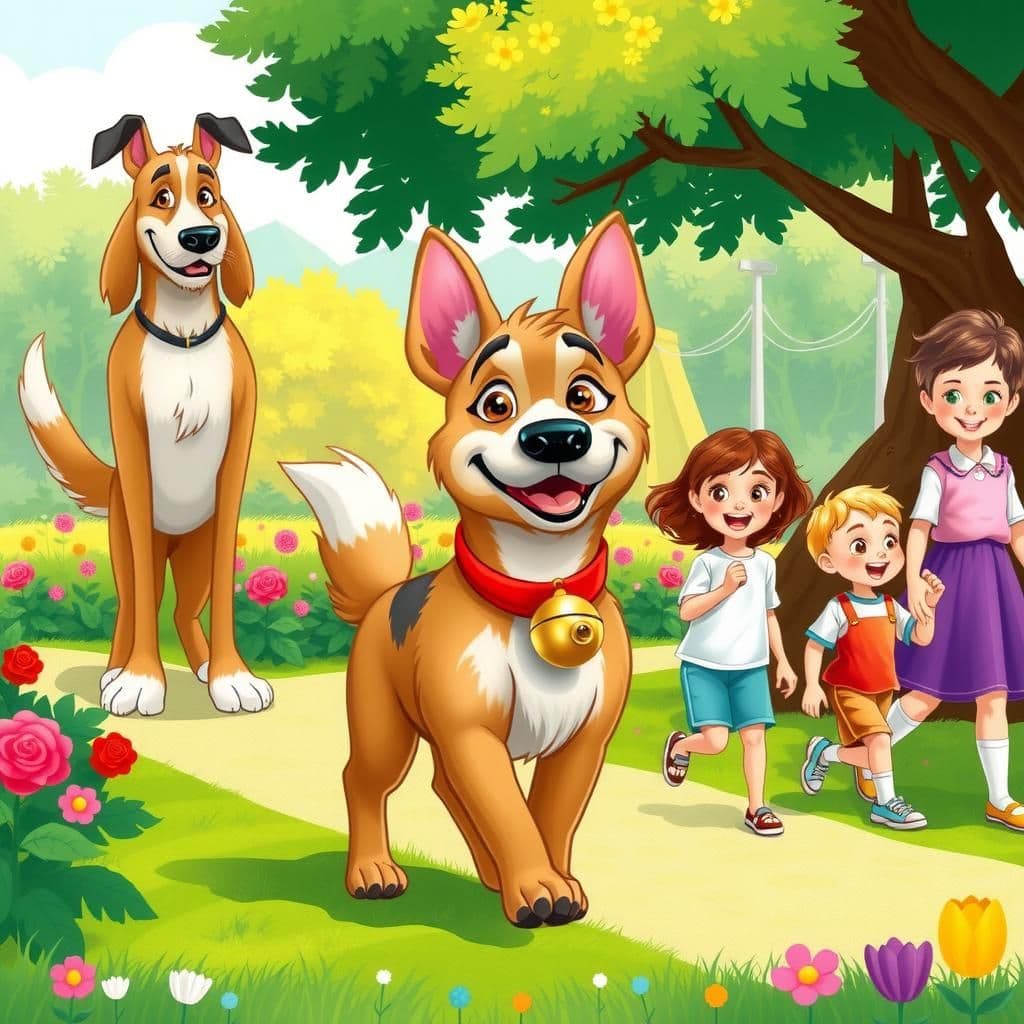The Old Hound

Story Summary
In "The Old Hound," a once formidable canine, now aging and infirm, struggles to catch a boar during a chase. Despite his valiant effort, the boar escapes, leading his master to scold him. The hound wisely explains that while his spirit remains strong, he deserves praise for his past rather than blame for his present, illustrating a poignant moral in this very short story.
Click to reveal the moral of the story
The moral of the story is that one should be judged by their past deeds and contributions rather than their current limitations or weaknesses.
Historical Context
This story is reminiscent of Aesop's Fables, a collection of moral tales from ancient Greece, which often feature anthropomorphized animals and convey ethical lessons about human behavior. The themes of aging, loyalty, and the struggle between past glory and present frailty reflect broader cultural narratives that emphasize wisdom gained through experience, a common motif in various folklore traditions across the world. Retellings of similar themes can be found in various cultures, highlighting the universal human experience of confronting the passage of time and its effects on one's abilities.
Our Editors Opinion
This fable illustrates the idea that while our capabilities may diminish with age or circumstances, our past contributions and spirit should be recognized and valued. In modern life, this resonates with the experiences of older individuals in the workforce who, despite their wisdom and dedication, may face criticism for not being as agile or productive as they once were. For instance, a veteran employee might struggle to keep pace with new technologies but should be appreciated for their years of experience and the invaluable knowledge they bring to the team.
You May Also Like

The Old Lion
In the short story "The Old Lion," a once-mighty lion, now frail and ill, faces attacks from various animals seeking revenge or asserting dominance, culminating in humiliation from an ass. His lamentation that enduring insults from such a lowly creature feels like a second death underscores the poignant moral of the tale: true dignity is often tested in moments of vulnerability. This concise moral story is a powerful addition to short story collections with moral teachings, reminding readers of the challenges faced in the twilight of power.

The Wolves and the Sheepdogs
In "The Wolves and the Sheepdogs," a famous fable with moral lessons for kids, the Wolves entice the Sheepdogs with promises of freedom and shared feasting on sheep, leading them to betray their human masters. However, this quick read story with moral consequences takes a dark turn when the Sheepdogs, lured by temptation, are ambushed and killed by the Wolves. The tale serves as a cautionary reminder of the dangers of betrayal and the harsh realities that can arise from succumbing to temptation.

The Mischievous Dog
In this easy small story with moral, a mischievous dog bites unsuspecting people, prompting his master to attach a bell to announce his presence. Proud of his new accessory, the dog parades around, unaware that the bell signifies disgrace rather than distinction. This fable illustrates how notoriety can be mistaken for fame, offering a valuable lesson for personal growth.
Other names for this story
Aging Hound's Regret, The Brave Old Hound, Wisdom of the Old Hound, The Hound's Last Chase, Echoes of a Brave Hound, The Hound's Dilemma, Strength in Age, Spirit of the Old Hound
Did You Know?
This fable highlights the theme of aging and the inevitability of physical decline, emphasizing that one's past achievements should be valued even as capabilities diminish, reflecting a universal struggle between spirit and bodily limitations.
Subscribe to Daily Stories
Get a new moral story in your inbox every day.